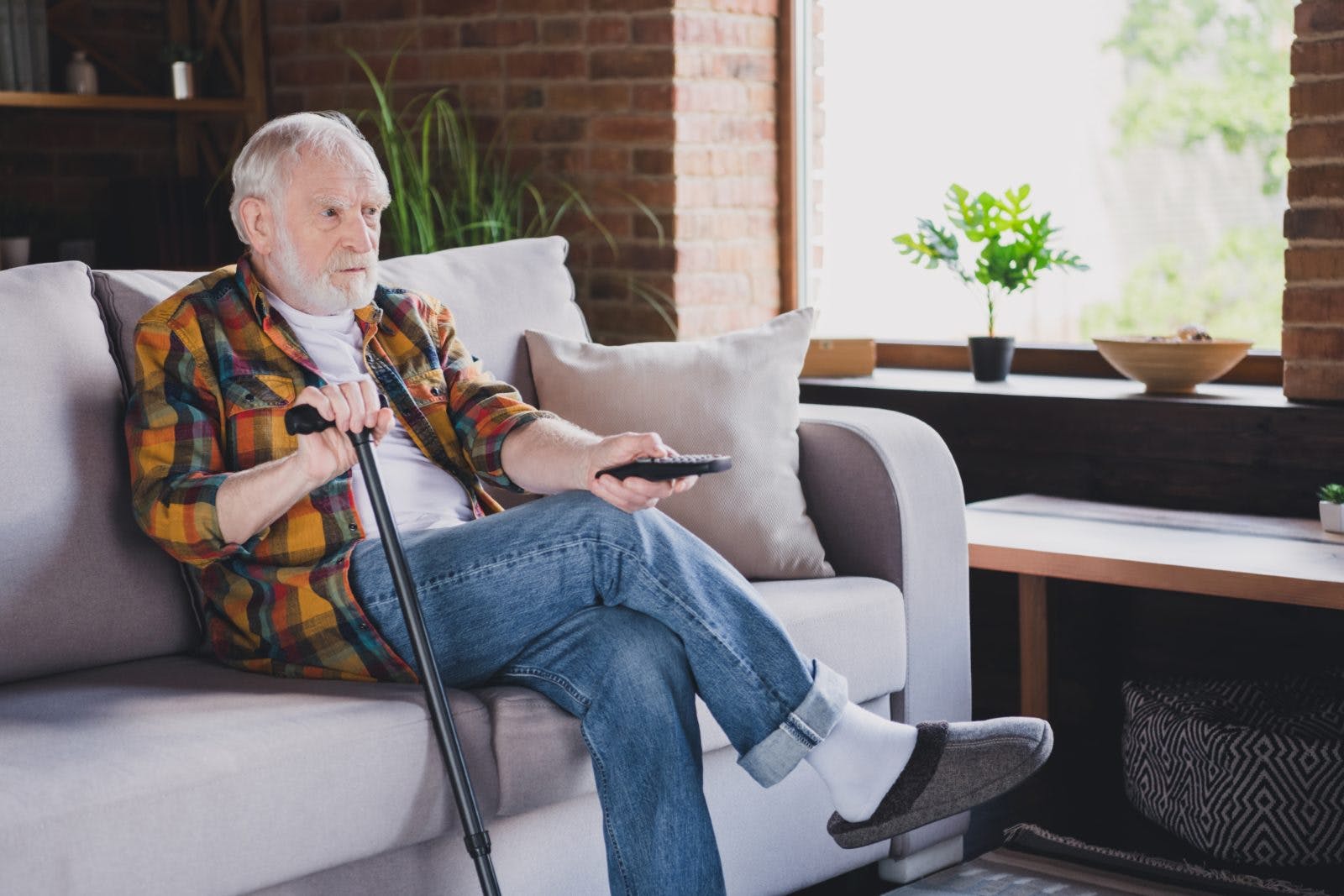Nobody truly loves change. It can be difficult to adapt and adjust. That is particularly true when discussing the possibility of changing your address when getting older.
I have heard it from you, my clients: “The stairs are getting too difficult to climb,” or “I’ve lived here most of my life and no other place will seem like home.”
People are creatures of comfort, especially when it comes to the familiar surroundings of a home and community. The good news is that, in many cases, people can stay in their home and reduce the odds of living in costly assisted living as the sun begins to set on their lives.
This is not a tiny group of people. About one in six Americans, or some 56M, are now 65 or older and there are estimates that figure will be closer to 81M by 2040. A study conducted by AARP claims about 75% of people 50+ want to stay right where they are for as long as possible.
That’s why planning to age in place is so critical for so many. Of course planning ahead is hard because you never know how your needs may evolve through the years. Variables can include whether someone lives with a spouse or partner or if they life alone, if they are reliant on their vehicle to get around versus having access to multiple transportation options. Then there is current and future health issues that may require attention in and around the home.
The subject – like the proverbial talk about death and taxes – can be overwhelming and something that people will put on the backburner until it’s too late. Taking action today can help many stay in their homes for longer.
I am generally a proponent of the home inspection when buyers consider purchasing a new property. Learning as much as possible about the “bones” of the home can go a long way to addressing whether the place is a good fit. But what about when you already live in the home and want to age in place? Specialist inspectors can help there too.
Potential hazards in the home can run the gamut – from mobility concerns to fire dangers. About 3M Americans aged 65+ are treated for falls each year, including about 300K hip fractures, the type of injury that can cost $33K on average when needing surgery. Avoiding these incidents can help seniors avert potential financial ruin.
Home inspections can help uncover serious defects that pose risks to older adults. Research suggests that for every $1 spent on modifying a home to reduce the risk of falls saved $1.50 in medical expenses for those aged 75 or older. Inspectors work for the homeowner and will be a partner on how to improve the safety in and around your property.
The inspection report will often suggest modifications that promote accessibility and safety for people aging in place. It may also recommend the addition of smart-home technology, such as smoke/carbon monoxide detectors, wireless doorbell cameras, keyless entry or automatic lighting.
Everything, of course, comes with a cost. There are federal grant programs available to lower-income households that can help pay for enhancements. Our state provides funds to certain homeowners in rural areas and other assistance programs are available. (Check with local groups on aging, the state housing finance agency, welfare department and community/senior centers for more guidance. Some people may consider connecting with a geriatric care manager about specialized or long-term care.)
Sometimes it’s too expensive to maintain a home, such as a traditional house with multiple bedrooms and floors. That’s when the difficult decision may come to find a home that’s smaller and more manageable with fewer – or no – steps. Alternative and affordable housing may be an option too, such as an accessory dwelling unit in a multigenerational setting – in which the original home is rented or sold to a family member – or a detached ADU on the same property that’s built to meet the specific needs. The ADU could also be used by a caregiver or relative to help homeowners age in place longer and maintain their connections to the community.
If staying in place, whether a specialist inspection is performed or not, consider an array of improvements around the home to lessen the risk of injury and improve the mobility of your experience in and around the property. That could include adding ramps at the front entrance, grab bars in the tub or shower, nonskid floors or installing comfortable handles or faucets. Even consider converting a downstairs space into a bedroom if taking the stairs is becoming a chore.
Emerging technologies, including smart bedrooms and fall-detection systems, can make aging in place a safer place. For instance, smart beds allow people with health issues to customize their sleeping quarters and satisfy their needs.
Not sure where to begin? Check out some of these resources below and speak with friends around your age to learn how they are managing their situation. Stay safe!
RESOURCES
AARP produced a guide for those thinking about aging in place.
ADS – Aging and disability services for King County
Community Living Connections – Help line for people with questions about King County senior services
Aging and Long-Term Support Administration – Support for seniors and people with disabilities living in Washington
Washington State Long-Term Care Ombudsman Program – Advocates for improvements in long-term care
Office of the Insurance Commissioner – State oversite of the insurance industry to ensure people get the coverage they have paid for
Centers for Medicare & Medicade Services – Devoted to advancing health equity, expanding medical coverage and improving health outcomes across the U.S.
USAging – A national advocacy group for the aging




